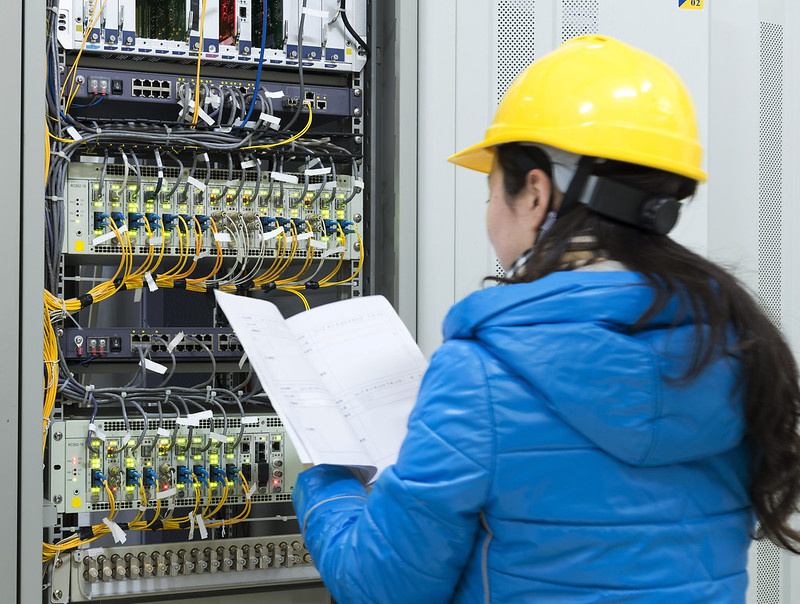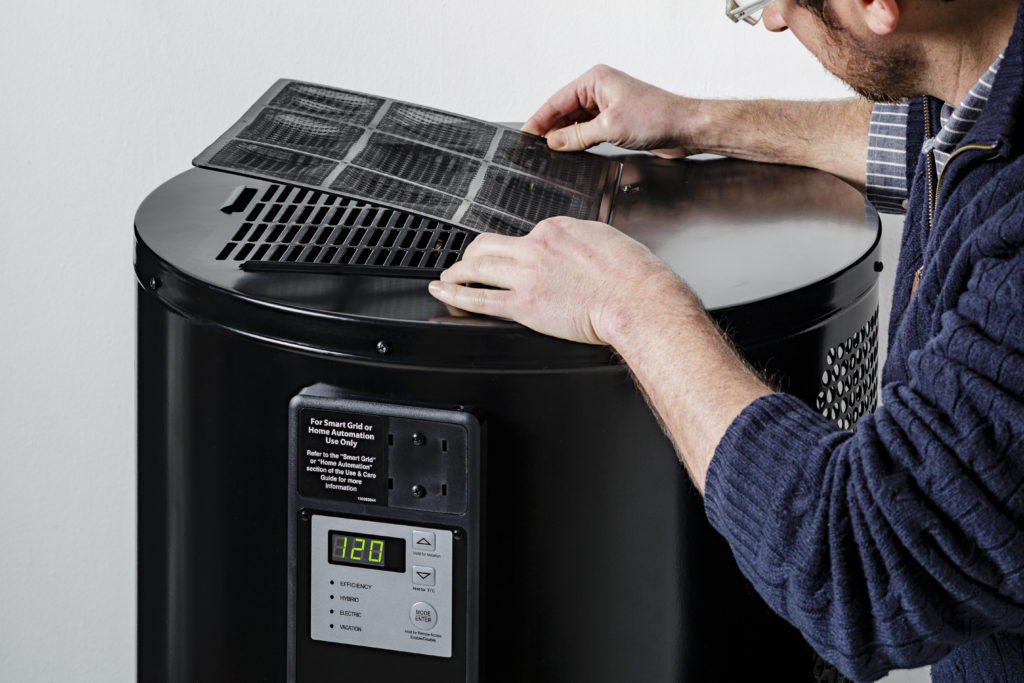Over 100,000 construction industry workers will be needed to electrify all of California’s existing and new construction buildings, and up to 4,900 full-time manufacturing workers, according to a recent study from UCLA’s Luskin Center. By 2045, assuming the state has achieved full building electrification, there could be an additional 12,400 full-time electricity generation and distribution jobs. On June 6, 2022, President Biden issued presidential determinations providing the U.S. Department of Energy (DOE) with the authority to utilize the Defense Production Act to accelerate domestic production of five key energy technologies, one of which is heat pumps. A number of good-paying jobs will be created as a result of these technologies. But where will these workers come from and how will they get the training they need? This is a question many jurisdictions are grappling with as they consider and adopt electrification policies, providing the impetus for a new workforce development program.
The program, called High-Efficiency Electrification Technology Training, works to help design and construction professionals understand and implement practices in electrification, space heating, and heat pump water heating technology application and installation to ensure states meet their goals for decarbonizing building stock. Launched by New Buildings Institute (NBI) in partnership with the Nevada Governor’s Office of Energy (GOE), Northeast Energy Efficiency Partnerships (NEEP), Steven Winter Associates (SWA), and the International Code Council (ICC), the three-year project is funded by the Department of Energy’s (DOE) Office of Energy Efficiency and Renewable Energy.
“Electrification is a newer topic and education is going to be needed,” says Robin Yochum, Energy Program Manager for the Nevada GOE and a key liaison to participating communities.
“Electrification is a newer topic and education is going to be needed,” says Robin Yochum, Energy Program Manager for the Nevada GOE.
High-Efficiency Electrification Technology Training will engage select local governments in a collaborative process to develop and pilot resources and educational modules around space and water heating technologies. Resources and education modules developed will focus on policymakers, code officials, contractors, and designers. The input from the jurisdictions will provide essential feedback on the impact and implementation, which will be used to refine the materials before making them publicly available beginning in summer 2023.
Bridging policy drivers and workforce needs
Many jurisdictions are motivated to work with the building trades to increase awareness of opportunities around building electrification and fill training gaps. Decarbonizing the building stock will require highly skilled professionals in the construction, engineering, and electricity generation industries, as well as jobs in manufacturing. It will also require related industries, such as real estate and appliance retailers, to understand electrification technologies and benefits.
“Ideally, we want the market to transform before implementing policies, but that doesn’t usually happen,” Yochum says. “Instead, policies often drive shifts in the marketplace, which means the workforce is not prepared to recommend and install the latest technologies.”
 Guidance developed in this project will be available to inform jurisdictional, state, and national conversations around decarbonization and electrification codes, standards, and policies. It’s coming at a time when jurisdictions in many regions of the country are working with programs that facilitate electrification technologies in the marketplace, such as the Advanced Water Heating Initiative and the Northeast Energy Efficiency Partnerships (NEEP) Heating Electrification Initiative. Programs like these could help drive down the costs of technologies needed for building electrification, which is also critical to ensure an affordable transition away from fossil fuels.
Guidance developed in this project will be available to inform jurisdictional, state, and national conversations around decarbonization and electrification codes, standards, and policies. It’s coming at a time when jurisdictions in many regions of the country are working with programs that facilitate electrification technologies in the marketplace, such as the Advanced Water Heating Initiative and the Northeast Energy Efficiency Partnerships (NEEP) Heating Electrification Initiative. Programs like these could help drive down the costs of technologies needed for building electrification, which is also critical to ensure an affordable transition away from fossil fuels.
Meeting people where they are
While the size of every jurisdiction is different, providing standardized resources and education can assist even small jurisdictions accomplish their goals and avoid reinventing the wheel. “Many jurisdictions have just one staff person who is responsible for building efficiency and sustainability initiatives, while others have an entire office dedicated to climate-work,” Yochum says.
Clark County, Nevada (home to Las Vegas) is at the forefront, having approved a Sustainability and Climate Action Plan in February 2021. Buildings and transportation represent the largest portion of the county’s greenhouse gas emissions, according to its latest greenhouse gas emissions inventory. With one of the goals of its climate action plan being a 50% reduction in building energy use intensity, Clark County is a great fit for the High-Efficiency Electrification Technology Training program.
”We work closely with all jurisdictions in Nevada, many of which are rural,” Yochum said. “Clark County is home to about 75% of all Nevada residents, so their participation is crucial in terms of both workforce development and greenhouse gas emissions reduction.”
What might a building electrification training program look like?
At the heart of the High-Efficiency Electrification Technology Training is market needs, which could range from a primer on building electrification for workers new to the concept, to drivers behind fuel switching policies and market trends for those who are more involved in the “business” of electrification. By developing resources through a focus on targeted jurisdictions and the two primary electrification technologies (space and water heating), the project team are making the necessary strides to close the knowledge gap for industry stakeholders on how to decarbonize the building stock.
NBI and our partners are currently onboarding jurisdictions in Nevada and the Northeast region to participate in the program, with a goal to include five participants of various sizes. While we are still in the early stages of the project, the final resources will be made publicly available in order to help other industry stakeholders make informed decisions on building design, construction, and operations to meet building construction and renovation regulations for electrification.
If you have questions or would like to learn more about the program, please contact me.
by Bryce Seymour, Project Manager
Bio
Top photo: Reno, Nevada
Did you enjoy this content? Consider supporting NBI’s work with a donation today.
